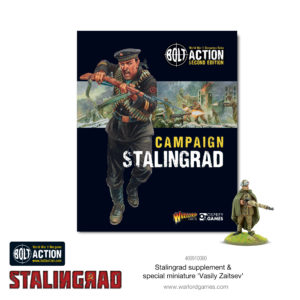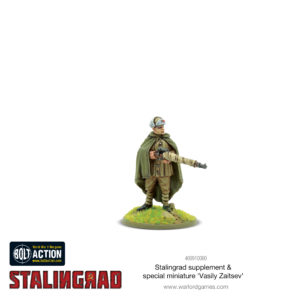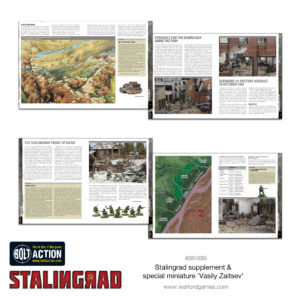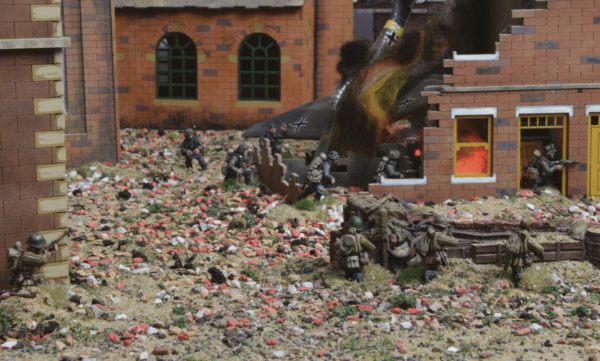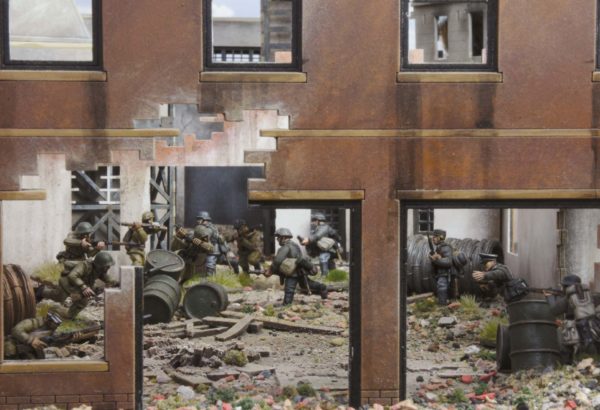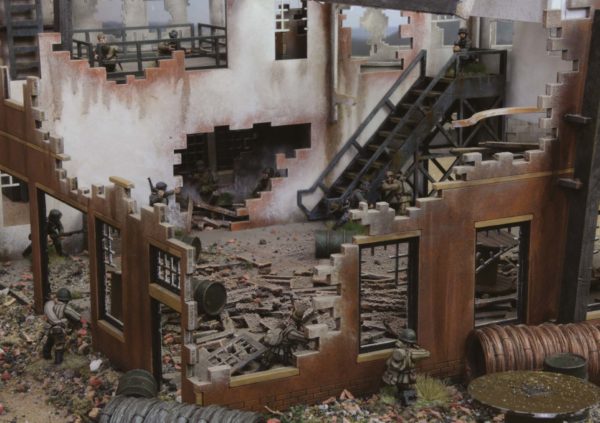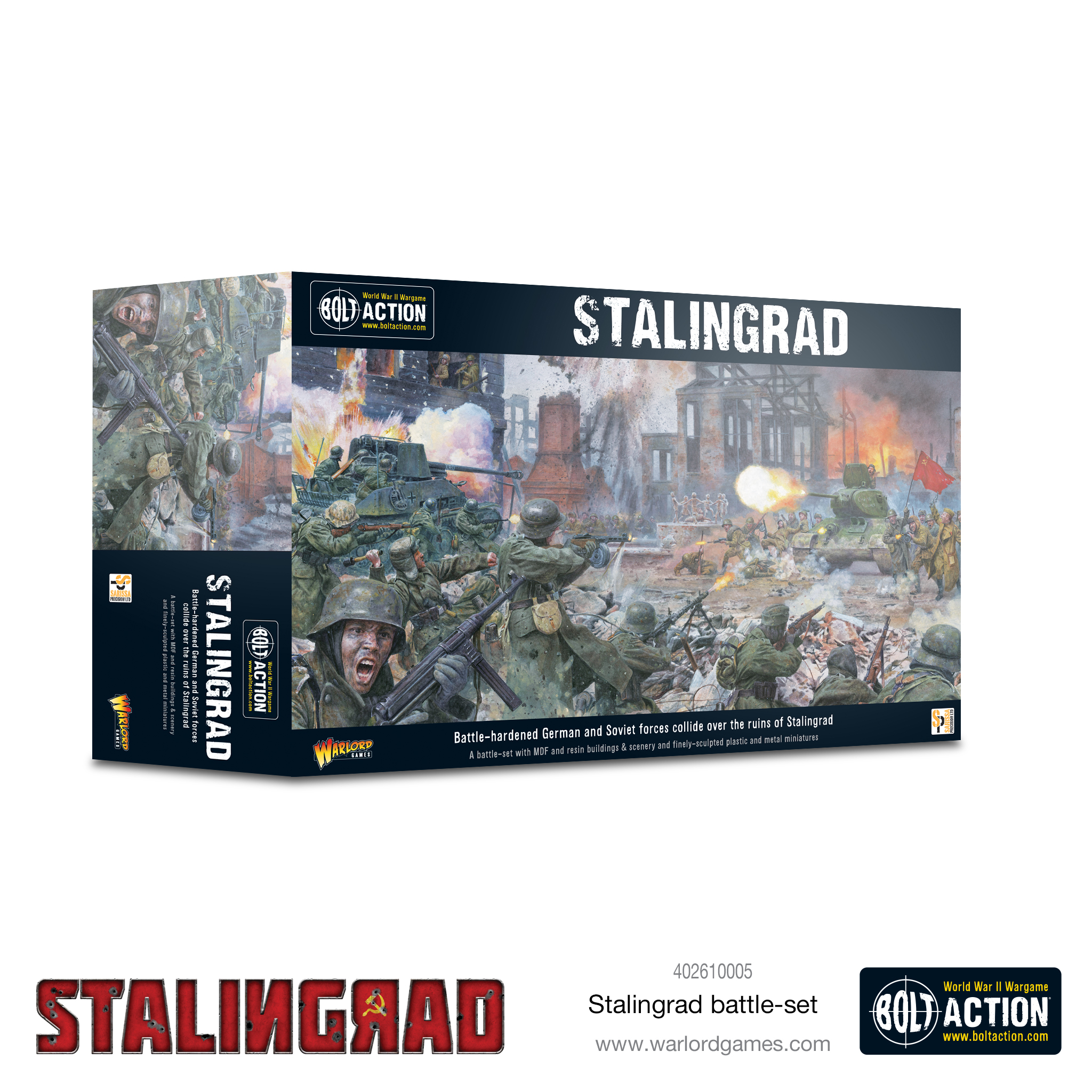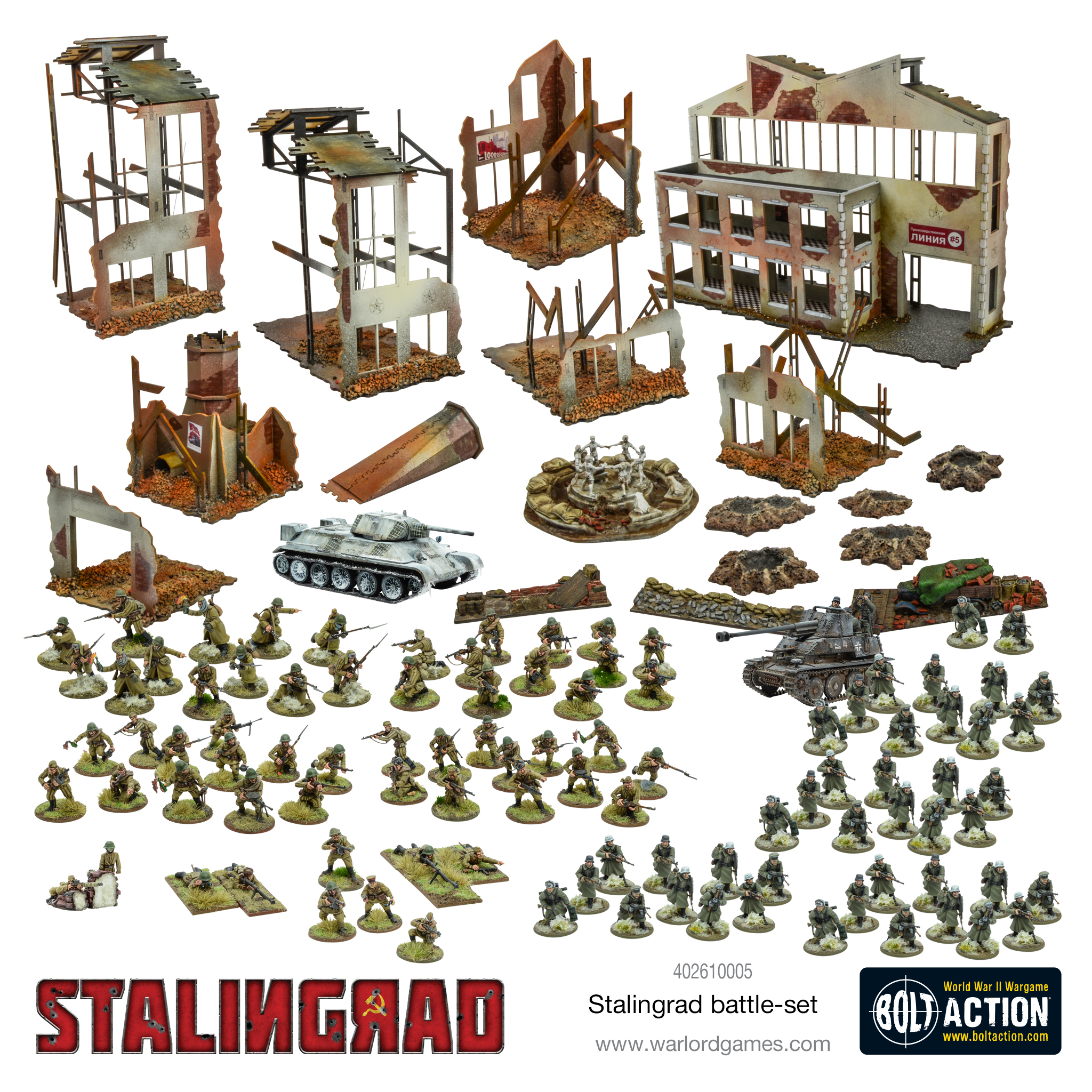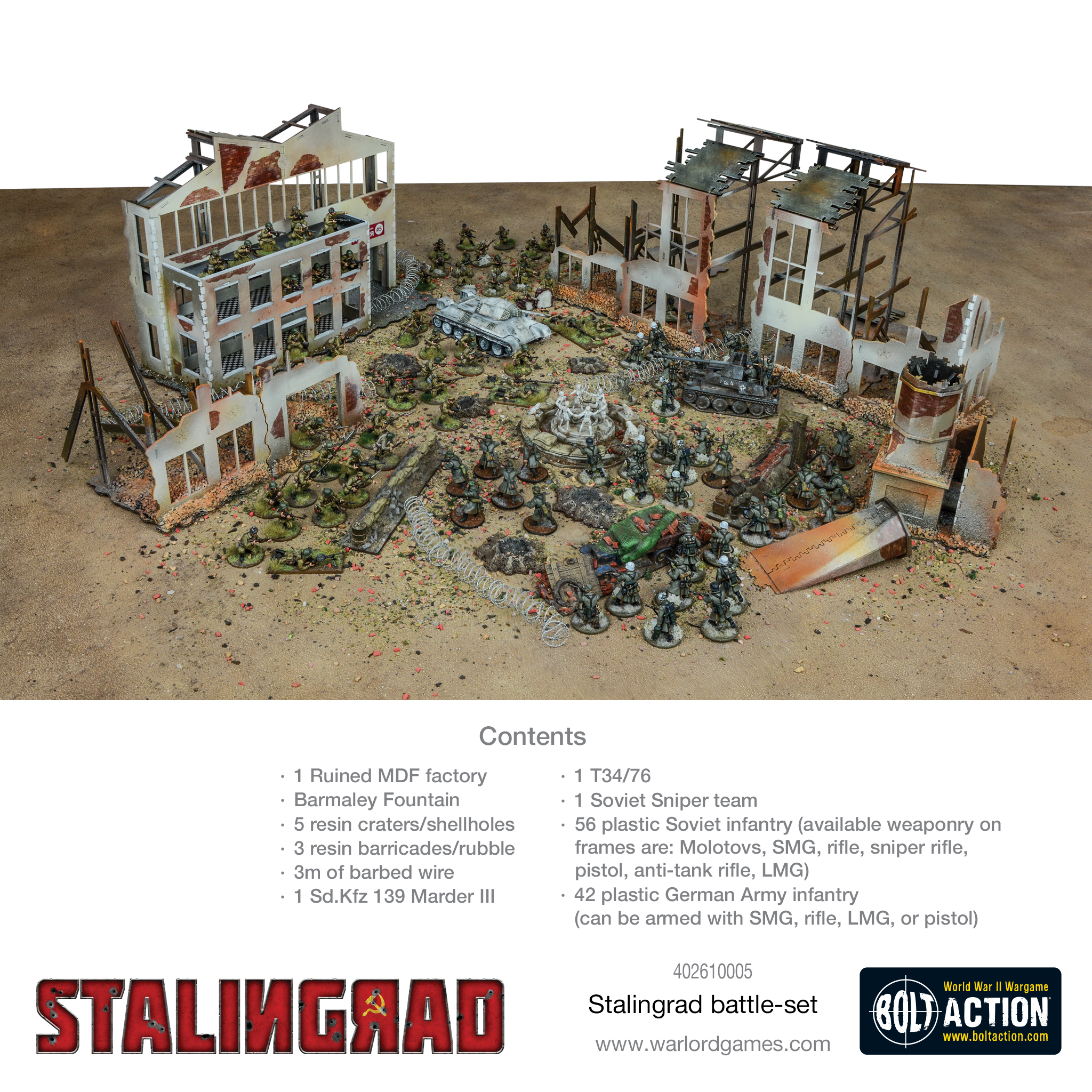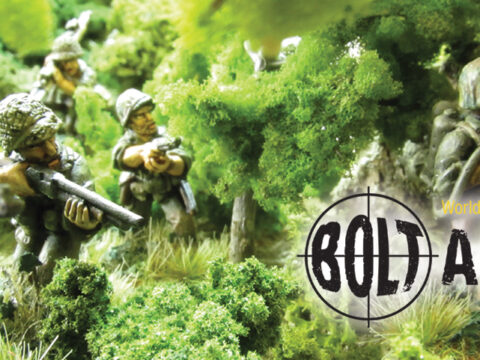We’re taking a look at some of the innovative tactics used by Soviet forces to level the playing field in Stalingrad – enter the storm group!
Chuikov realised very early in the fighting at Stalingrad that his forces faced several disadvantages against their German opponents. The Germans commanded complete air superiority and had significant advantages in armour, artillery support, and morale.
Campaign: Stalingrad
You can find new units, scenarios and theatre selectors, allowing you to recreate the Soviet storm group on your tabletop!
To compensate for these shortcomings, inventiveness and imagination were called for. Chuikov neutralized some of the German advantages in artillery and air support by urging his subordinate units to ‘hug’ the enemy positions; digging in so closely to German positions that German artillery could not fire on them without danger of hitting their own forces.
Oftentimes this meant that Soviet forces infiltrated close enough that they were inhabiting different sections of the same house as the Germans, sometimes with as little as a single wall separating the two forces.
Chuikov also allowed plenty of latitude for his subordinates to experiment with new tactics. One tactic that was eventually adopted throughout the 62nd Army was that of the Shturmovye Gruppy or ‘Storm Group’.
Pioneered by the 13th Guards in downtown Stalingrad, the idea was that small groups of heavily armed soldiers could more easily seize enemy positions than battalion or company-sized attacks.
Storm groups were normally comprised of three sections:
The Assault Group: Typically six to eight men, armed with submachine guns, who were tasked with the initial seizure of the building. Standard tactics were to infiltrate as closely as possible, then sprint to the building under covering fire. The assault group would toss grenades into doors and windows, then head inside to finish off the stunned German defenders in hand-to-hand combat.
Aside from SMGs, the Assault Group was typically laden with as many grenades as they could carry and a melee weapon, such as a combat knife or sharpened spade. Bravery, quick thinking, and skill at close-quarters combat were required for this task.
The Reinforcement Group: As soon as the assault group signalled that the building had been taken, the reinforcement group followed them to fortify the position. Larger than the assault group, the reinforcement group brought heavier weaponry such as mortars, machine guns, AT rifles, and explosives to defend the building from the inevitable German counterattack.
Oftentimes the reinforcement group would include specialists such as engineers, snipers, and artillery spotters, who transformed the building into a fortress.
The Reserve Group: Provided covering fire for the advancing assault group. If necessary, they could be called upon to form follow-up assault groups if the initial attack failed or required reinforcement.
This tactic of ‘Storm Group’ was useful and effective for several reasons. First, it utilised night attacks and close combat fighting, both of which the Germans disliked. Second, it called for initiative and innovation from the soldiers on the ground, and as such was very popular with Soviet soldiers. Members of the Storm Group would pair up with a ‘fighting buddy’ whom they stuck with once inside the target building.
Assault groups were often a mix of officers, NCOs, and rank-and-file soldiers, all fighting side-by-side. Lastly, for manpower starved formations like the 13th Guards, it was a way to seize ground without the use of large numbers of soldiers.
Stalingrad Battle Set
To go alongside this fantastic new campaign book, we’ve got an amazing battle set to complete your collection – these sets are crammed with miniatures and exclusive MDF terrain produced by our friends at Sarissa Precision. The Stalingrad battle set and the Enemy at the Gates Collector’s Edition are both available to pre-order now!

